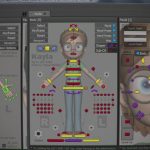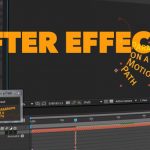Around this time of year, you can pretty much prepare yourself for amazing and exciting new technologies that will be presented at Siggraph. Keeping in line with that, recently the CTGraphicsLab posted a look at their advancements for making 3D Skin in character look much more realistic.
high-resolution facial scanning techniques record facial geometry, surface coloration, and surface mesostructure details at the level of skin pores and fine creases.
The white paper, Skin Microstructure Deformation with Displacement Map Convolution shows how they are able to scan the microstructure of skin. They do this by scanning and placing skin microstructure displacement maps within a system that will mimic how skin is stretched and compressed.
The system will not only take into consideration the compression and stretching of the micro-displament, but also how it is affected by light. Stretching the skin not only makes it smoother, but it also makes it more shiny, while compression makes it rougher.
The system approximates how the skin will react by using blur and sharpening filters corresponding to what is happening in the animation. Stick to the end of the video to see some pretty convincing examples of how the skin reacts while the face is being animated. Pretty Amazing stuff.
Check out the white paper for all the nerdy bits: Skin Microstructure Deformation with Displacement Map Convolution
Koki Nagano, Graham Fyffe, Oleg Alexander, Jernej Barbic1, Hao Li1, Abhijeet Ghosh, Paul Debevec – USC Institute for Creative Technologies, University of Southern California, Imperial College London.


